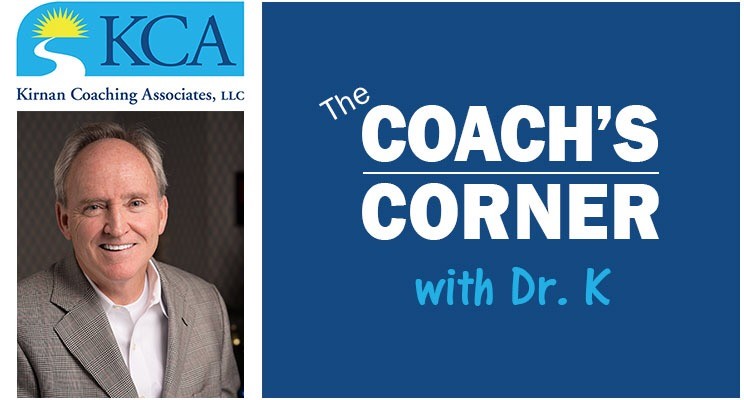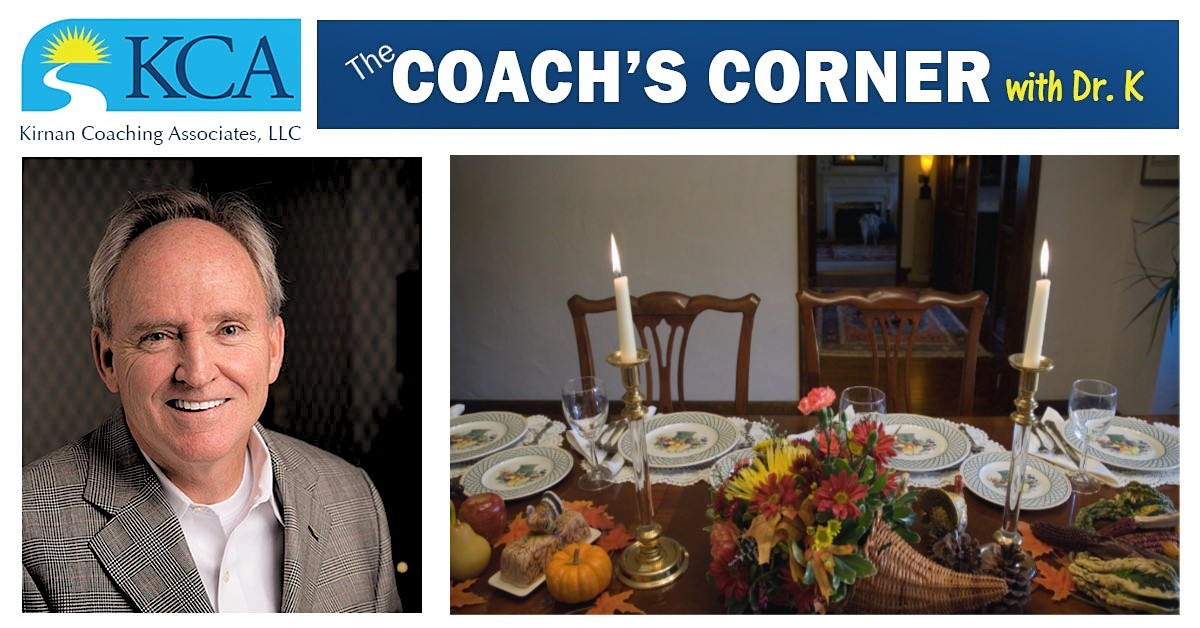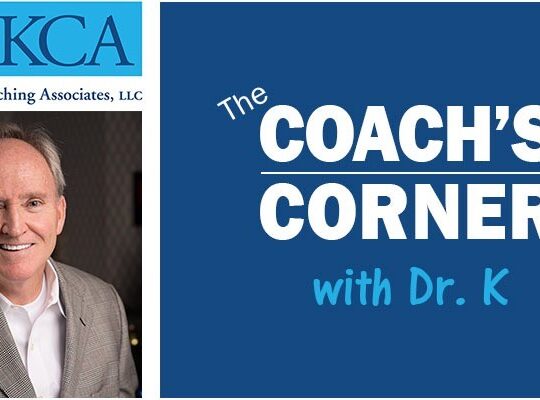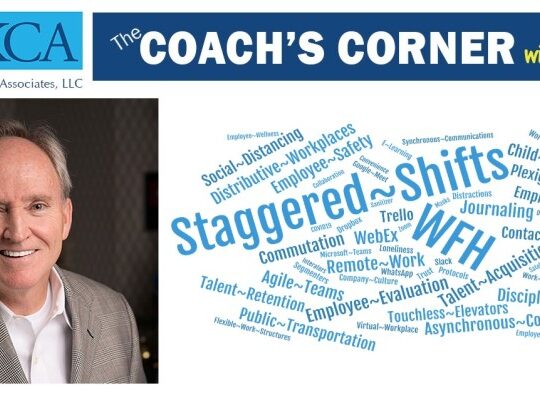“Everybody’s talking at me. I don’t hear a word their saying. Only the echoes of my mind. People stopping, staring. I can’t see their faces. Only the shadows of their eyes”
Harry Nilsson, Everybody’s Talkin’ (1969)
2017 has been a year unlike any other in recent memory. Lots of fear, anxiety, and divisiveness seem to permeate the airwaves and our everyday human discourse. New phrases have taken hold in our popular culture like “fake news”, “alternative facts”, the “alt right”, and the “alt left”. There’s the persistent intrusion of social media in not just our daily lives, but even from one moment to the next. Then there’s the impact of the mass media in general. I don’t know about you, but lately when my wife and I sit down to watch the evening news programs, it’s as if we’ve been transported back in time by that specially-equipped DeLorean car of Doc Emmett Brown (Christopher Lloyd) from Back to the Future and its 1969 all over again. You know, the year of Woodstock and the Summer of Love. I keep hearing the lyrics of that great Harry Nilsson song from Midnight Cowboy called Everybody’s Talkin’ playing in the background:
What’s Happening to Our Present Discourse?
On a broader level, it seems that many people are increasingly disengaged from having what might be described as a real conversation with one another. I know in my own experience, that whether I am walking through town, taking the train to NYC, or riding in the subway, I see more and more people with their heads down, glued to their multiple mobile devices, looking for that latest “Like”, “Share”, or “Tweet” from their social media accounts or just checking in on their most recent text message or email. Yet, even when we do engage in what might pass as a real conversation, there’s the omnipresent mobile device close by, ready to be accessed by either party at the sound of the next “swoosh”.
Some of the interactions we engage in today resemble more like a one-way encounter with ourselves and not a real conversation between two people. If you are like yours truly, it’s very easy to fall into this annoying habit of talking louder and then over someone else’s voice whenever you sense that your point is not resonating with them. Is it possible that some of us might have taken our cues from the mainstream media? After all, the cable news programs are the Masters of the Universe playing that game, with each participant always primed to deliver their latest talking points on the topic at hand. In the end, most viewers who can stomach watching an entire episode of participants talking over one another don’t really learn anything new. After all, research shows that we tend to tune in to only those programs that align with our own philosophy so no one truly benefits from the viewing experience but boy are those Neilson ratings looking awfully good and that’s a significant driver in the cable business model. The hyper-charged atmosphere permeates much of our discourse since last fall’s election reminds me of a great line from a memorable U.S. Vice Presidential debate in 1992. After a particularly sharp exchange between the Democratic candidate Al Gore and his Republican counterpart, the sitting Vice President Dan Quayle, Admiral James Stockdale, the 3rd Party Vice Presidential candidate who ran with Ross Perot, turns to the camera and quips “Why am I here, who am I”? I get the sense think many folks today feel the same way as Admiral Stockdale did back in 1992.
Something Old, Something New
I have been reflecting lately on what kind of an approach or tools could we adopt to enhance the quality and tone of our everyday conversation at both work and in our personal life. Several weeks ago, I was energized by a reading from Scripture that was a healthy reminder that we can often find new meaning from something very old and written many years ago during a different time and place. That same phenomenon of taking something old and seeing its relevance to the present can also be found from reading an old classic like The Magnificent Obsession or even watching an all-time favorite from the big screen like It’s a Wonderful Life or The Wizard of Oz. The recent gospel reading was from John 10: 14-15 and addresses the responsibility each of us has to be the good shepherd to those who belong to our flock as well as the responsibility each of has to help the other sheep outside of our own flock that we often neglect:
“I am the good shepherd; I know my sheep and my sheep know me……. I have other sheep that are not of this sheep pen. I must bring them also.”
Most of us know instinctively as shepherds, who the sheep are in our own flock – e.g., our spouse or significant other; children; parents; siblings; grandchildren; and perhaps our closest friends. We are also sheep to the other shepherds in our life who watch over us. And in that twin role as both the shepherd and the sheep, we know how easy it can be to get sidetracked on our journey through life and career as things get in our way and block our path forward. Sometimes, we trip on those rocks in life and lose our way, giving rise to that familiar term “the lost sheep”. But we also can appreciate how “the lost sheep” can be found if they have faith and hope in themselves and have those good shepherds who watch over them and help them.
The more I reflected on this beautiful reading, the more I found myself drawn to that line “I have other sheep that are not of this sheep pen”. It allowed me to appreciate in a deeper way the many times when I stumbled in my own career or in my personal life, that often it was someone outside of my own flock and “not of this sheep pen” who helped me find my way and get me back on the right track. Yes, there really are other shepherds in our life, some of whom we don’t really know and may never get to meet, but who are the light and who see us as the “other sheep that are not of their own sheep pen”. In that same spirit, I believe our own lives can become so much richer and deeper when we allow space to not only tend to our own flock of sheep in our role as shepherds, but when we look for the “other sheep that are not of this sheep pen”. And, sometimes helping tend to our “other sheep” is a powerful roadmap to personal fulfillment, allowing us to find something deeper and more beautiful than we ever imagined.
The THINNK Approach to Communication
I sense that there are a lot of people today who feel like the “lost sheep” and that our level of discourse and conversation has been so harsh and shrill that it pushes people further away. I wonder if our everyday conversation could be greatly enhanced if we took more seriously that earthly responsibility we all share to the “other sheep not of our pen” and, in the process, help some of our fellow “lost sheep” find new direction and meaning in their lives. Everyone I meet in life needs a voice and wants to have their voice heard. It always amazes me how much more productive a conversation can be when you simply try and meet someone where they are and not where you think they could be or should be. Sometimes, even the simple act of saying hello to someone you don’t even know can change not only that person’s day and attitude, but even your own as well. Or, how about trying this – the next time you see or meet someone without a smile, why not give them one of yours – it just might make their day and yours too.
But there’s also an interesting framework that can we could apply to our everyday conversations, both in our personal life, our work life, and for those interactions that take place on social media. Many of us growing up were often told to “think before we speak” and while that advice is timeless, the framework I am referencing here is a bit more detailed. Some have labeled the framework the THINK approach where each letter in the term THINK, symbolizes part of that approach. The THINNK framework that I have used in my own client engagements adds an extra N to that more conventional THINK acronym. The added N emphasizes the important point that often what we want to say or think we should say is “not necessary” in all situations. It embraces the view that sometimes, things are better left unsaid until a later point in time, i.e., what I might want to say at this moment is just not appropriate. I am sure many of us would admit to being in awkward moments where we are not sure what to say to someone but we say something anyway even though deep down we feel uncomfortable. Perhaps, we know of someone who just lost a child or a spouse; or a friend or colleague who just lost their job; or even a person going through a painful divorce; Sometimes in situations like these, what we would really like to say to convey our feelings might be better left unsaid for “now” and might be more appropriate to say at a later point.
The THINNK framework to our everyday conversation asks us to consider some simple questions before we speak:
T – is what I am about to say True – i.e., is it factual, am I simply expressing an opinion, or am I sharing an emotion? Whatever the case may be, be as clear as you can before you speak.
H – is what I am about to say Helpful or Harmful to the interaction?
I – is what I am about to say Important, Inspiring, or Improve on the alternative which is to remain silent?
N – is what I am about to say “Necessary” now and help advance the conversation?
N – is what I am about to say, “Not Necessary” now and be more effective if said later?
K – is what I am about to say Kind and do I Know what my motivation is in saying it?
The THINNK approach also encourages us to focus on one conversation at a time, one person at a time, and to ask ourselves some additional questions before we respond:
· What’s my current disposition toward the other party — Am I showing the same level of respect that I would want shown toward me or am I speaking from a place of anger?
· Am I aware of the broader context, especially the awareness of who might see or hear about the conversation?
· Could what I say be misinterpreted by others or does it reveal more about myself?
So, I encourage you to try the THINNK approach to your everyday conversation and discourse. See if it might offer you some help in your daily interactions with colleagues at work and in your personal life. If we could all try and focus a little harder on having one good conversation at a time, one person at a time; if we could meet more people where they are in a conversation, and not where we want them to be; if we could recognize that sometimes not everything we would like to say needs to be said “now” in the present moment; and, if we could be more mindful of our earthly responsibility as shepherds for the “other sheep not in our pen”, then maybe, just maybe our level of discourse can be enhanced. Heck, maybe more of us would stop hearing those lyrics from the old Nilsson tune Everybody’s Talking. Maybe the famous line in the song could change to a happier refrain like “Everybody’s talking at me, and I hear every word they’re saying”.
Good luck friends and colleagues as we all do our part in elevating the tenor and tone of our everyday conversations with the THINNK approach. Where in our own lives, might it make sense to hold off saying something right now? Where’s that one place where we might have an urge to say something, but can we hold off to another time? Let’s focus on one person at a time, one moment at a time, and yes, one conversation at a time.
Warm regards,
Dr. K




